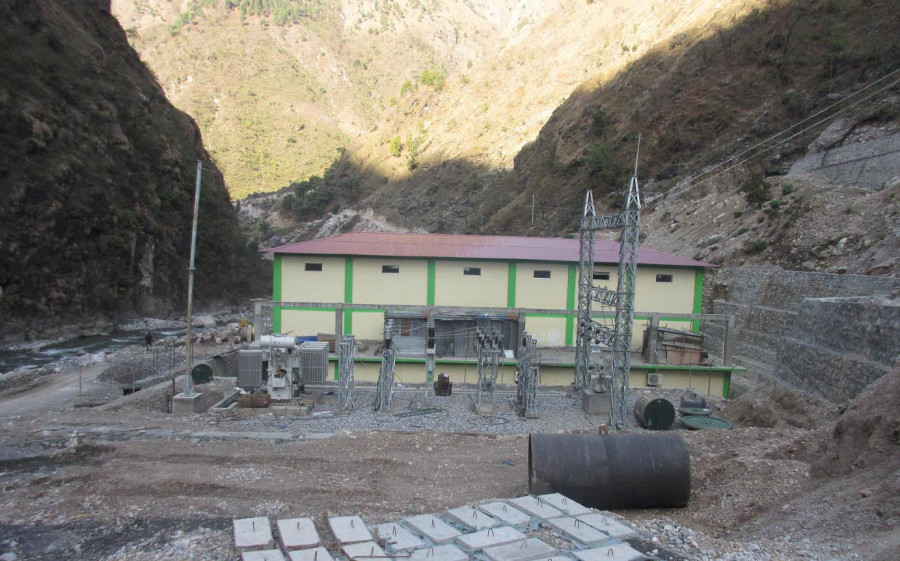Money
Darchula connected to national grid, eight more rural districts to go
With Khalanga, headquarters of Darchula district in far western Nepal, connected to the national grid, only eight out of the country’s 77 districts remain to be hooked up to the power transmission network.
Prahlad Rijal
With Khalanga, headquarters of Darchula district in far western Nepal, connected to the national grid, only eight out of the country’s 77 districts remain to be hooked up to the power transmission network.
On Wednesday, the Nepal Electricity Authority charged and brought into operation the 33 kV Balanch-Khalanga transmission line that will enable the utility to cut back on electricity imports from India.
“We were importing electricity from Uttarakhand across the border in India to supply to Khalanga. Now that it is connected to the national grid, it will get power produced domestically, and so imports can be reduced,” said Kulman Ghising, managing director of the Nepal Electricity Authority. “We have also built the necessary infrastructure enabling us to export energy to India via Khalanga, if there is a need to.”
The state-owned power utility purchases electricity from Lali, Jauljibi and Huti points in Uttarakhand via an 11 kV transmission line at a cost of Rs2.5 million monthly, and distributes it to around 8,000 consumers in the region.
The electricity authority has decided to keep the 11 kV transmission line live as a contingency measure to ensure regular supply. “The power line will not be taken down as we plan to use it in times of supply disruptions or when our lines break down,” said Ghising. Only eight districts—Bajura, Humla, Jumla, Kalikot, Mugu, Dolpa, Rukum (East) and Solukhumbu—now remain to be connected to the national grid. Among them, authorities plan to connect Bajura, Rukum (East) and Solukhumbu to the national grid by the end of this fiscal year. Currently, these districts get their power from small and isolated hydel plants.
Satish Karn, chief of the Nepal Electricity Authority’s Attariya regional office, said that the construction of a 33/11 kV substation at Thaligad, Darchula, through which the Balanch-Khalanga power line runs, will be completed by mid-July.
“The 25-km Balanch-Khalanga transmission line has been charged at 11 kV, and we will relay power at 33 kV once construction work at the substation is completed,” said Karn.
The transmission line project funded by the power utility and the government, which contributed Rs8.7 million, entered the construction phase in March 2016. A construction contract worth Rs68.9 million was signed in 2016 for setting up the substation at Thaligad.
The project faced multiple setbacks owing to forest clearance issues, local obstruction, difficult topography and geographical remoteness. The electricity authority plans to evacuate power from the 30 MW Chameliya hydel plant and other independent projects connected to the Balanch substation through the 33 kV line to Khalanga.
Electricity from the 85 MW Upper Chameliya, 16 MW Middle Chameliya, 65 MW Kalangagad, 25 MW Chatigad and other small projects will be relayed to the Balanch substation built by the Chameliya Hydropower Project. The power will then be evacuated to the national grid through the 131-km Balanch-Attariya transmission line, also
built by the Chameliya Hydropower Project.




 6.81°C Kathmandu
6.81°C Kathmandu















